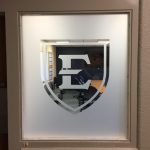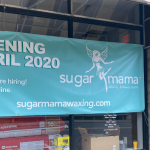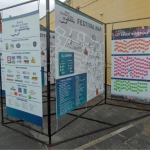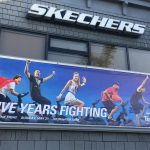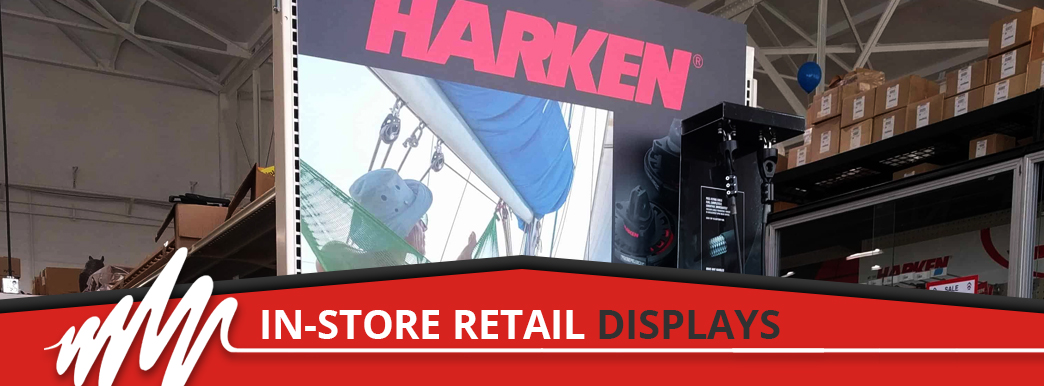
In-Store Retail Displays
NOVEMBER 8, 2019| SpeedPro Tri-CitiesCategories
advertising, Banners, Branding, Contour Cut Signage, Decals, floor graphics, floor marketing, graphics, holiday marketing, marketing, Point of Purchase Displays, retail, retail marketing, Retractable Banner Stands, speedpro, Table Coverings, Vinyl banners, wall displays, Wall Mural, wide format graphics, window clings, Window GraphicsWhen shoppers enter a retail store, they’re faced with rows and rows of goods to choose from. How do shoppers decide which items to buy? While many modern shoppers conduct research online before leaving home, the majority still prefer to make their final purchases when they’re in the store.
The fact that most shoppers make purchase decisions in-store means that retail store owners and managers have an opportunity to influence their customers’ choices. One of the leading ways to do that is with in-store retail displays.
An in-store retail display is a setup that includes signage and sometimes other features, including the products themselves. These displays can be located throughout the store, and their primary purpose is to encourage customers to buy a particular product.
Another common term for an in-store retail display is a point of purchase (POP) display. You may also hear the term point of sale (POS) display. A POS display is one that’s located where the sale itself is occurring, such as at the register. A POP display, on the other hand, can be located anywhere in the store.
USES OF IN-STORE RETAIL DISPLAYS
Why are retail displays such popular visual merchandising solutions among retailers ranging from small mom-and-pop shops to huge international chains? They provide several benefits to retailers and their customers. The main advantage they offer to the retailer is increased sales. Let’s take a look at some of the ways retail displays can boost your sales.
1. GET CUSTOMERS’ ATTENTION
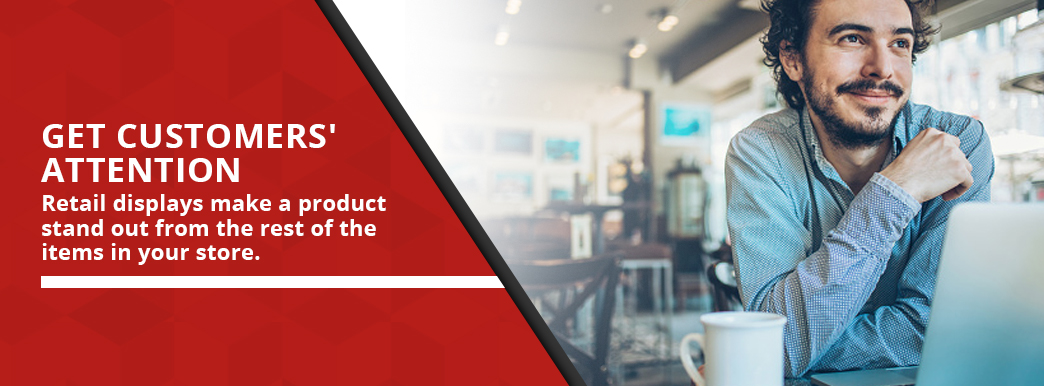
Retail displays make a product stand out from the rest of the items in your store. Using bright colors, striking visuals and compelling copy, product displays attract shoppers’ attention and encourage them to check out and, ideally, purchase whatever product the display promotes. In a store that people regularly visit, such as a grocery store, many shoppers would simply grab their usual purchases if there weren’t any POP signs to draw their attention elsewhere. In stores that people visit less regularly, you can use displays to attract customers’ attention to whichever products you want to highlight.
2. ENCOURAGE LAST-MINUTE PURCHASE DECISIONS
Even though it’s now easier than ever for shoppers to research products from home, many shoppers still spend a significant amount of money on impulse buys. Most Americans spend hundreds each month on last-minute purchase decisions, adding up to hundreds of thousands over a lifetime. This represents a significant opportunity for retailers. POP displays are an excellent way to get people to make those impulse buys at your store.
3. HIGHLIGHT NEW PRODUCTS
When you get a new product in your store, you need to find a way to let people know about it. One of the best ways to accomplish this is with POP displays. They introduce shoppers to the product at a time when it’s easy for them to simply toss it in their cart. Your POP display should briefly explain what the new product is and how it differs from other similar products. It should also include copy and visuals that get people excited about trying something new.
4. SELL GOODS YOU’RE HAVING TROUBLE SELLING
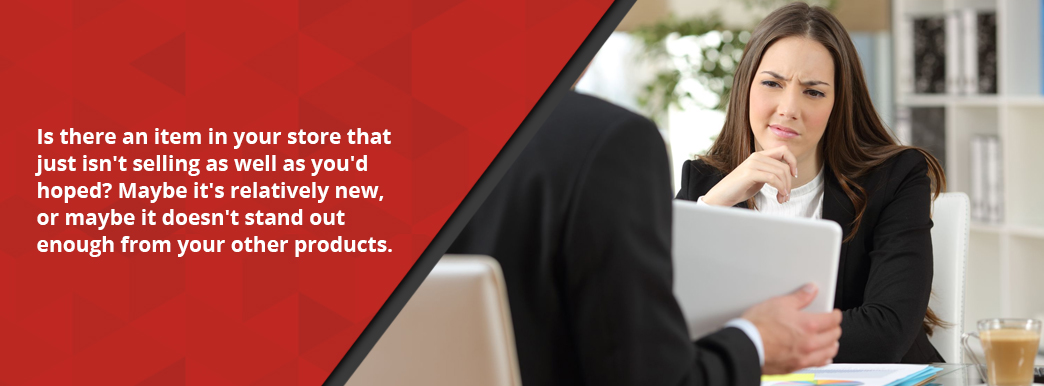
Is there an item in your store that just isn’t selling as well as you’d hoped? Maybe it’s relatively new, or maybe it doesn’t stand out enough from your other products. A custom POP display could give that product the boost it needs, getting people to notice the product and encouraging them to give it a try. With the right design and placement, an acrylic POP display can help that troublesome item start flying off the shelves.
5. INFORM AND EDUCATE CUSTOMERS
Retail point of purchase signs are also an excellent way to inform and educate customers about your products. Visuals help with the learning process, so a visual display combined with the product itself is a powerful way to help shoppers get to know your product. You can use a POP display to teach customers about a new item or explain the difference between several types of similar products, such as different types of red wine, for example, or different tire treads.
6. GROUP ITEMS TO BOOST SALES
You can also increase your sales by using a retail display to group items that customers may want to buy together. For example, you could place a dress and a matching cardigan on a single display to encourage people to buy them together. In a grocery store, you could place several ingredients needed for a recipe on one display. Retail displays are a visually appealing way to group items to grow your sales.
COMMON TYPES OF IN-STORE PRODUCT DISPLAYS
Retail displays used to be reserved mostly for the register area, but today you can find them throughout the store. While you can always come up with your own unique POP display designs, here are some of the most common types:
1. REGISTER POS DISPLAYS
Placing retail displays near the checkout line is still an excellent way to boost your sales. These displays may be attached to the checkout line equipment itself or be a standalone structure placed near the register area. POS displays typically work best for small, inexpensive items that shoppers might be willing to add to their carts at the last minute. Often, these items are things the shopper can enjoy right away. That’s why you typically see candy, snacks, beverages and magazines near the checkout line.
2. SHELF POP DISPLAYS
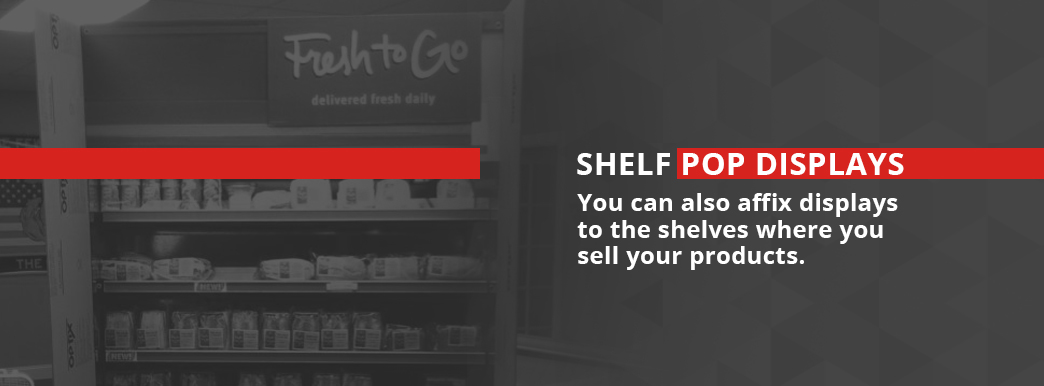
You can also affix displays to the shelves where you sell your products. Because they’re attached to the shelves, these displays are typically smaller but can still get people’s attention as they browse the aisles. You might attach a small cardboard sign to the shelf where a product is located or hang a display that you attach small products to. These types of displays can be effective because they’re located right where customers are when they’re making most of their purchase decisions.
3. RETAIL SIGN FIXTURES
You can also attach displays to the other fixtures you use to display your products. These store fixtures and displays might include racks, tables, Slatwall panels, countertops and more. This can be a good option because these fixtures may already help a certain product stand out. Adding signage and other elements to it to create a custom retail display can make it even more eye-catching. Retail sign fixtures are excellent tools for promoting special deals, highlighting a new product or moving a product that’s been slow to sell.
4. STANDALONE SIGNS
You can also place standalone retail displays anywhere in your store to help build sales. You can put these standup signs in aisles, near registers and in any other spaces where customers go. Since these displays stand on their own, they tend to stand out even more than other types of POP displays. They come in a variety of forms and are easy to customize because they don’t rely on any existing fixtures.
5. ENDCAP DISPLAYS
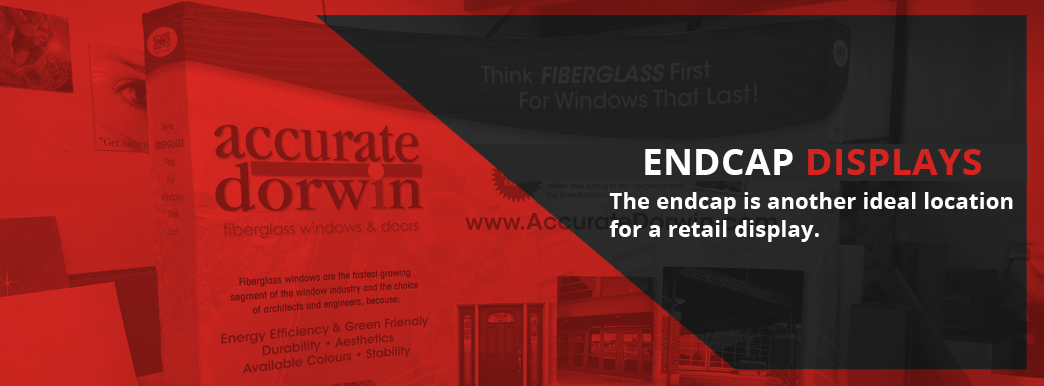
The endcap is another ideal location for a retail display. Customers will see these retail endcap displays whenever they enter an aisle, and there’s typically a lot of space around endcaps to create an impressive presentation. Endcap signage is a great place to promote new products. You can also pull an item from the aisle and give it the spotlight with its own endcap. Using the structure of the endcap makes it easier to quickly create an eye-catching display.
6. HANGING DISPLAYS
Hanging signage is a unique way to get customers’ attention and promote a product. Customers can see a hanging sign from anywhere in the aisle and even from across the store. These displays can range from simple hanging business signs to larger, more intricate displays. You could even potentially include one of the products you’re promoting as part of the hanging display.
ELEMENTS TO INCLUDE IN YOUR POINT OF PURCHASE DISPLAYS
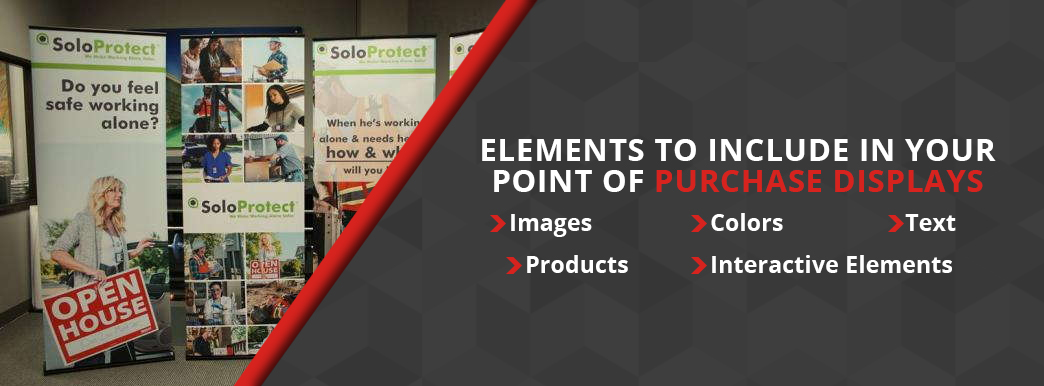
A retail display can consist of any elements you like, but here are some of the main ones you should consider including.
1. IMAGES
The images on your retail display will play a major role in getting your customers’ attention. Images can include photographs, drawings, patterns and more. Ensure that the images you use look professional and are printed on high-quality material. Try to make them as eye-catching as possible but also make certain that they match the branding of the product you’re promoting or your store’s brand. The images on your display can give customers an idea of the kind of product you’re promoting and help get them interested in it.
2. COLORS
The colors on your display also have a crucial role to play. In fact, 85% of consumers say that color is a major reason they choose a particular product. Bright, bold colors can help get people’s attention, and pleasing color combinations can make shoppers feel attracted to a certain product. Different colors also have different connotations. A light blue creates a calm feeling, while a bright red ignites a lively, adventurous mood. Again, ensure that the colors you choose also match your brand.
3. TEXT
Text is another crucial retail display element. Some retail displays have minimal text, while others go into more detail in their copy. In general, all retail POP signage should have some large, bold, concise copy to get the attention of passersby. If the goal of your display is to inform customers, you may also want to include larger blocks of text. Whatever your approach is, be sure to print your copy in an easy-to-read font.
4. PRODUCTS
Many POP displays also include the products they’re promoting. While this isn’t a requirement, it can really help to draw attention to the items you want to give a boost to. Including the products in your display makes it easier for the shopper to identify the products you’re promoting and take a closer look at them to consider buying one. Retail displays also give you a chance to display your products in an eye-catching, visually appealing way that can help increase their sales.
5. INTERACTIVE ELEMENTS
Another optional element to include in your display is an interactive feature. This could be a tablet where shoppers can play a game or answer survey questions. You could also give people the chance to try out your product at the display. If it’s a food item, you could give away samples. If you’re selling a new toy, have a button for kids to push so they can see the toy in action.
IDEAS FOR DESIGNING IN-STORE RETAIL DISPLAYS
A well-designed retail display can help you promote your products and boost your sales. So, how can you get the maximum benefit from your displays? These tips can help.
1. MAKE IT STAND OUT
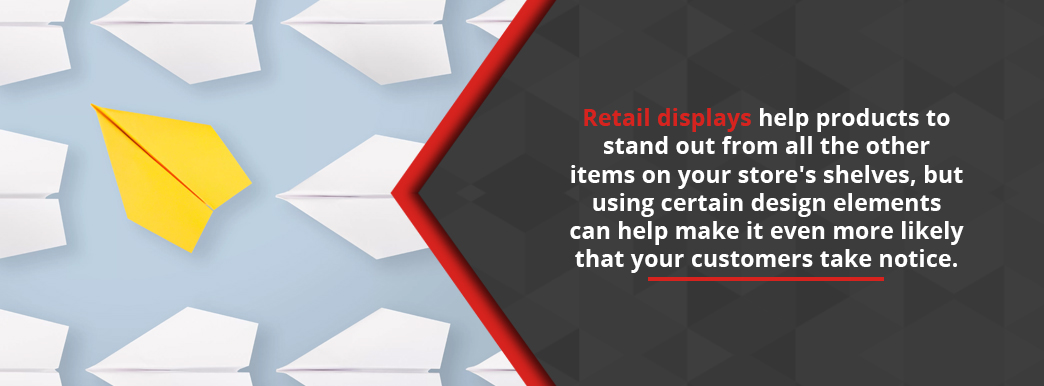
Retail displays help products to stand out from all the other items on your store’s shelves, but using certain design elements can help make it even more likely that your customers take notice. Bright colors, eye-catching images and easy-to-read text can all draw customers’ attention. Try to create something with elements that differ from the color schemes and visuals around it. You can even use lighting to give your display some extra attention-grabbing power.
2. MAKE IT INTERACTIVE
Adding an interactive element to your display can help get customers interested and keep them engaged. Giving away samples and offering product demos are a great way to do this. Once a customer tries a product for themselves or sees it in action, they may be more likely to purchase it. You can also introduce an interactive element using touch screens or tablets. You could let customers play a game on a tablet or have a button that people can push to see a video demonstration of the product.
3. KEEP IT SIMPLE
It’s also important to keep your display simple. Be sure to focus on just one theme. You can have multiple products on one display, but be sure that those products have a clear connection to each other. Also, avoid making your design too busy. A design crammed with text and visual elements usually isn’t visually appealing. A crowded design also makes it harder for customers to quickly get the idea behind the product you’re promoting. Shoppers should get an idea of what you’re selling almost immediately.
4. PROMOTE BENEFITS
In the copy you put on your display, focus on the benefits of the product, rather than than the features. The difference between these two things can be subtle but is often crucial to making a sale. For example, a kitchen knife set might feature rubber, non-slip handles. The benefit of that feature is enhanced safety and certainty. Focusing on the benefits instead of the features takes you from a product-centric view to a customer-centric view. Focusing more on the customer’s needs can make your display more engaging and persuasive.
5. INCLUDE A CALL TO ACTION
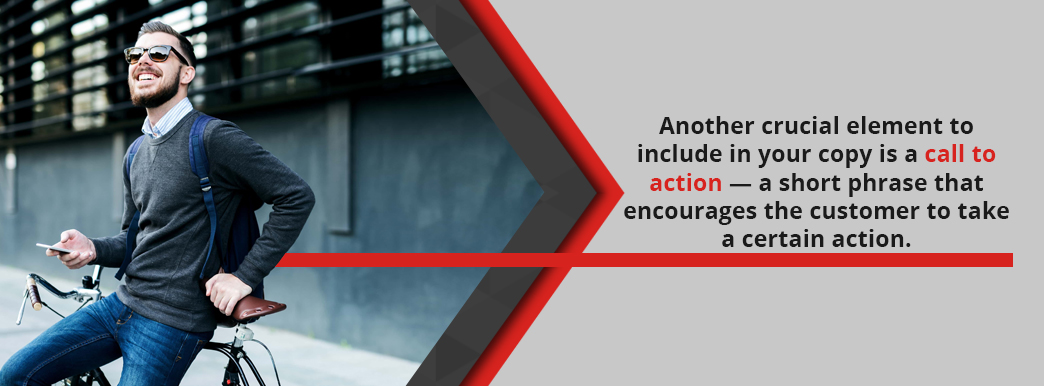
Another crucial element to include in your copy is a call to action — a short phrase that encourages the customer to take a certain action. When it comes to retail displays, that action is typically buying a product, trying a sample or watching a product demo. Make this phrase short and give it a sense of urgency. Say something like, “Try it today!” or, “Get yours here!” to encourage your customers to take action.
6. BE CREATIVE
If your POP display is unique, it has a better chance of getting and keeping shoppers’ attention. Don’t be afraid to be creative and try new ideas when designing your display. The more it stands out and gets people’s attention, the better.
SIGNAGE TYPES TO USE FOR YOUR RETAIL DISPLAY
In addition to your main POP display, you may want to include other in-store signage to add something a little extra to your display. Some ideas include:
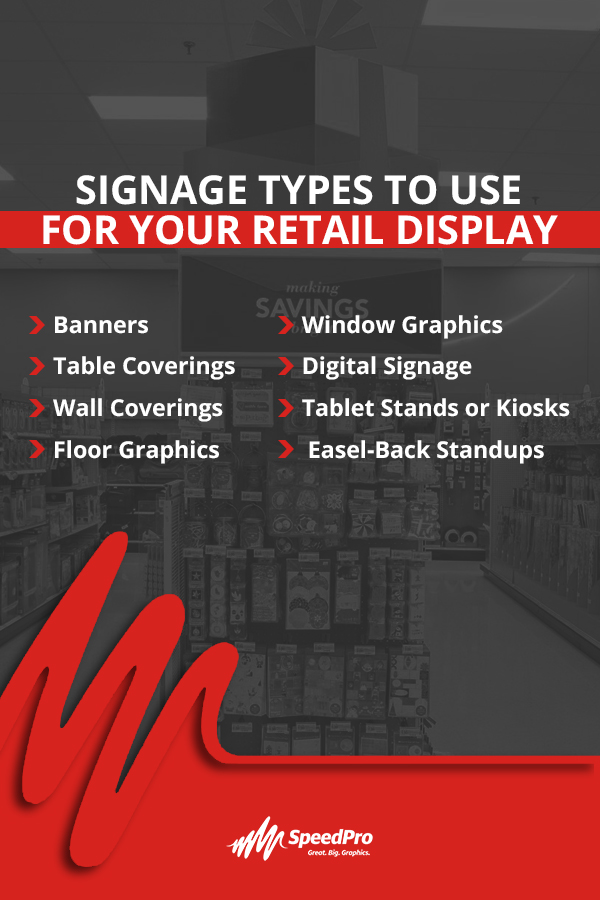
1. BANNERS
Banners can serve as a backdrop to your display, or you can hang one above your display to help draw attention to it. You can choose from various banner materials, including cast vinyl, calendar vinyl and mesh vinyl. Signage fixtures like retractable banner stands make it easy to set up and take down your banners. One option is to create a step-and-repeat banner with the logo of the product you’re promoting and invite customers to take a picture in front of it with a giveaway item, such as free sunglasses.
2. TABLE COVERINGS
As part of your display, you might have a table where you put the product you’re promoting or give out free samples. A custom branded table covering can help make your display more visually striking and help you to promote your brand. Our table covers are made from wrinkle-resistant, machine-washable polyester.
3. WALL COVERINGS
If you want to create a larger POP display, consider a wall covering. These in-store graphics allow you to use available wall space to create a large, eye-catching visual. You could, for example, use pictures of someone using the product and place them in sequential order so the pictures tell a story. If you’re selling power tools, for instance, you might show someone using their tools to build a shed or a treehouse. You can print these images on sectional fabric wall panels or a vinyl wall mural.
4. FLOOR GRAPHICS
Take advantage of the floor space around your display to add an extra visual element. With floor graphics, that’s easy to do. You could print the graphics with a message inviting shoppers to check out a product or place footprints going down the aisle, heading to the display. Floor graphics consist of a base vinyl layer, an anti-skid laminate coating or matte mask and an adhesive layer that enables the graphic to stick to the floor.
5. WINDOW GRAPHICS
Window graphics are another easy way to add an interesting visual element to your display. These graphics can function similarly to wall graphics, or you can create a smaller sign. You could, for example, place the graphic above your display to draw more attention to it. For retail displays, short-term options such as static clings and window decals are typically the best choices.
6. DIGITAL SIGNAGE
With in-store digital signage, you have the flexibility to change your design as much as you want. You can even scroll through multiple messages. The use of technology and movement in your display can also help get people’s attention and keep them interested in the product you’re selling. Consider putting basic information on the display itself and using digital signage to provide more details.
7. TABLET STANDS OR KIOSKS
Tablet stands or kiosks are another great way to incorporate technology into your retail display. They also enable you to add in an interactive element. Tablet stands and kiosks place your tablet at eye level and frame it in a visually appealing way that encourages shoppers to use it.
8. EASEL-BACK STANDUPS
Life-size cutouts of a brand spokesperson, movie character or even of a product itself can be a fun way to draw attention to your display. This is especially true if the spokesperson is familiar to your audience.
RETAIL DISPLAY SOLUTIONS FROM SPEEDPRO
Ready to start using in-store retail displays to boost your sales? Partner with SpeedPro to turn your ideas into reality.
At SpeedPro, we’re experts in large-format printing, and we can provide you with high-quality signage and retail displays on time and to your exact specifications. We’ll work with you to ensure we understand your needs and help you choose the right solutions to meet your goals. In addition to POP displays, we provide a wide range of signage products, including directional signage, digital signage, hanging store signs and outdoor signage.
To learn more about how we can help you use in-store retail displays to promote your products and increase your sales, contact us today at 423.415.0780!


